A couple of my parishioners made their first confession this morning. Many more will make their first confession next term.
It’s never easy preparing children for confession. I know this not only as a confessor, but because I remember going to confession when I was a kid. There are three pitfalls:
1. Some children are speechless. They don’t know what to confess!
2. Some children confess sins they’ve made up. I remember doing this myself!
3. Some children confess sins which aren’t sinful. This relates, I think, to a child’s very penal view of justice. “If Mum cries bitterly when I accidentally break her great grandmother’s china vase, that must be a terrible sin. But everybody else at school makes fun of the weird kid I pick on, and I’ve never been in trouble about it, so it’s not a big deal.”
The key, I think, is to teach children to practice good examinations of conscience. I’m trying something new this year, which I learned from a good friend in Melbourne who is something of an expert in children’s catechesis.
You start with an empty chest. I was advised to find something substantial, which indicates to the children that this is something important. Something which needs to be taken care of. Something which is sacred.
When I showed the chest to the children, I asked, “What do you find in a chest?”
“Treasure!” they exclaimed.
“That’s true,” I said. “But I’m thinking of a different sort of chest. What do you find in your chest.”
“A heart?” they ventured. Right!
I bought ten timber heart shapes which fit into the chest, and then I had pieces of cardboard stuck to either side. On one side, I had written sayings of Jesus and other scripture verses. A few examples:
“Children, obey your parents in everything, for this pleases the Lord.” Col 3:20.
“No one after lighting a lamp puts it under a bed, but puts it on a stand, that those who enter may see the light.” Lk 8:16.
“You shall love the Lord your God with all your heart, and with all your soul, and with all your mind, and with all your strength.” Mk 12:30.
The children and I then discussed these verses, and what they teach. Based on that discussion the children themselves had to come up with some questions which apply the teaching to their own lives. The corresponding examples:
- Do I listen to my Mum and Dad? Do I do my jobs?
- Do I hide my talents? Do I share my talents?
- Do I pray and listen at Mass? Do I pray the rosary well?
Although I had ten timber hearts, the children and I only prepared five of them. The other five can be done later, with their parents, or by themselves.
Now here’s the best bit, which engages the wholistic principles of Sofia Cavalletti’s Catechesis of the Good Shepherd. Whenever they prepare for confession, the children take the hearts out of the chest and read the scripture verses to themselves. Then they hold each verse against their chest, and pray that the Word of God will enter into their heart. It’s very evocative of Cardinal Newman’s episcopal motto: Cor ad cor loquitur — “heart speaks to heart.”
I suggested to the children that when we prepare ourselves for confession, we have to use our hearts and our minds. In the second part of the exercise, the child turns the heart around and reads the questions. Since our answers won’t always be the same, and since sometimes the answer will identify something which is sinful, and other times it will identify something which isn’t sinful at all, we have to use our minds to tell the difference.
If their answers to the questions identify something in their lives which they do think is a sin, they can write it down on their list which they bring into the confessional. If they’re not sure if something’s a sin, they can write it down and mention it during confession, and the priest will be able to help them decide if it’s a sin or not.
The Holy Spirit definitely helped out during this lesson. I had planned to have all the cardboard shapes cut out and attached to the timber shapes before I arrived, but as often happens in parish life, I didn’t get the time. So although I had very neatly cut out the red shapes for the scripture verses, I hadn’t cut out the pink shapes for the questions. Instead, the children cut these out, somewhat more roughly than I would have.
One of them then observed that the red hearts, which looked perfect, were like the Sacred Heart of Jesus. The pink hearts, which looked a bit misshapen, were like our hearts. That was a great observation, which of course I immediately developed. “That’s why we celebrate the sacrament of reconciliation! So that our hearts can become more and more like the Sacred Heart of Jesus.”
That’s the take home message I hope the children received. Confession isn’t simply a matter of reciting a list of bad stuff done in the past. It’s about renewal and conversion — leaving the confessional with a new heart, and leading a holier life.
As I said, the children made their first confessions, and received their first absolution, after this morning’s Mass. Afterwards one of them was heard to announce to his grandmother, “I feel light as a feather!” Deo gratias!
H/T Mishel.

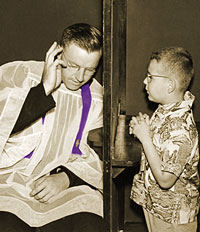
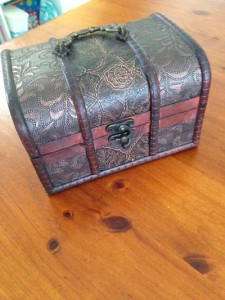

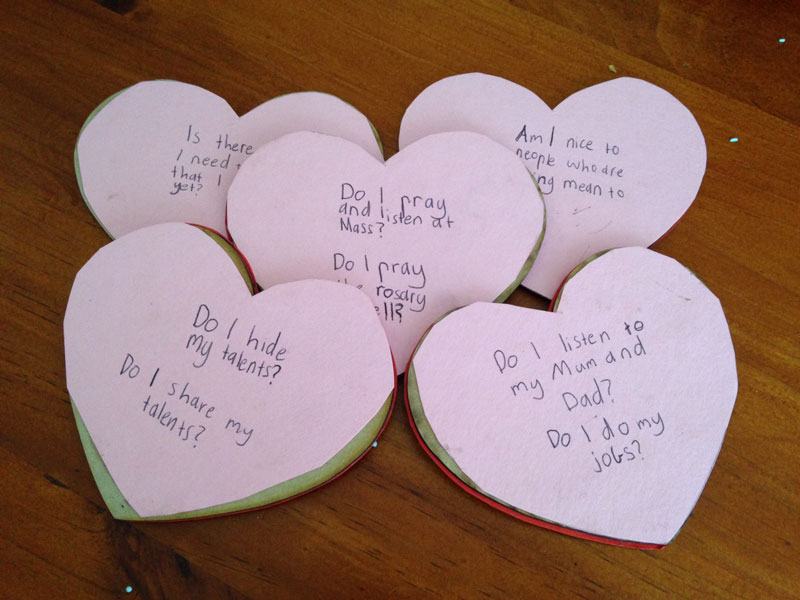

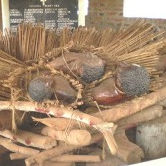

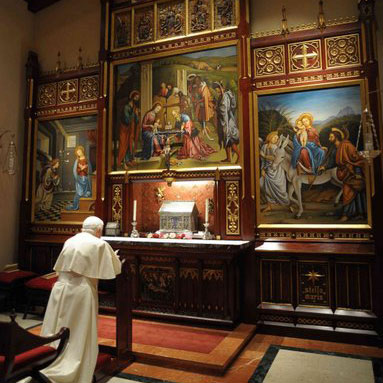
Thanks Fr. John for making the kids first reconciliation so special. Before we left the church Johnny told us that he felt like he had super powers! Then in the car on the way home the kids were talking to each other. Josie says “This is like the best day of my life.” Johnny replies very seriously, “It certainly is, Josie. It certainly is…”
Very happy household today!!! Thanks again.
Hello I know this weekend it’s Easter so the chuch is ment to be the attraction but in Sydney the The Royal Sydney Show is on and big race meeting at Randwick.
In Victoria there is Royal Childrens Hopsital Appeal, The Stawell Gift is on and big GT show in Melbourne at Sandown Racecourse and plenty more.
In South Australia the two days of horse racing at famous steeplechase track at Oakbank is on.
I better the AFL is on too! Who won the tipping comp from 2011 The Decaon or the priest!
Now some tips for Saturday at Oakbank get the money early Race1No1 and follow John Wheeler and Jarrod Mclean’s horses for the rest of the day.
In Sydney I like Race3No3 Race4No8 and 10. Race5No13 Race6No9 Race7’No4 Race8No9 Lord of the Sky Race9No4,11 and 20! Race10no1 and 11.
At Caulfield I like Race6No4 Race7No13 and Race8no9 Race9No14.
All these races are on Saturday No racing on Good Friday it is big races are on Sydney 150th running of the Doncaster Handicap! I be back for more tips for Monday!
Keep well and remember back them each way from Simon the Pieman.